Spring
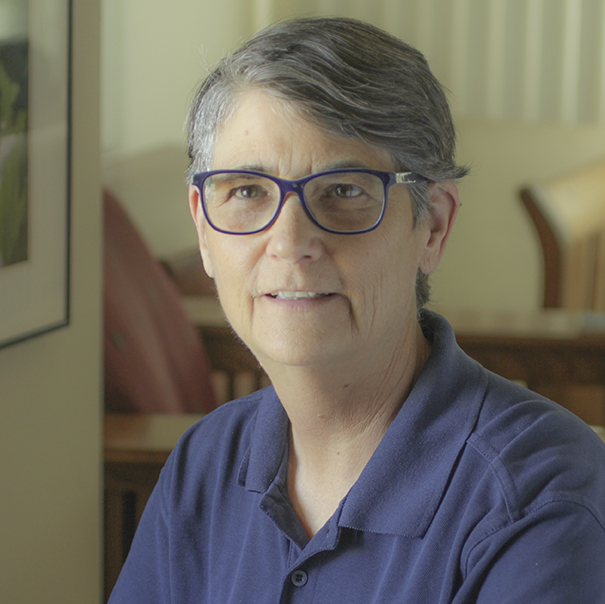 Maria Schuchardt was named a recipient of a 2020 University Award for Excellence, which recognizes outstanding service to the university community and visitors. Maria has been a Program Coordinator with LPL since 1991. As part of her duties as Data Manager for the Space Imagery Center, Maria offers and organizes tours of the facility, facilitates access to the collection for researchers as well as the public, and provides educational resources and kits to visitors and educators. However, she goes above and beyond these responsibilities by coordinating outreach activities for the entire department and working with other campus groups to support university projects and better serve local communities. She developed the idea of an annual public science event in the Kuiper building; this “Summer Science Saturday” program has become extremely popular in the community and draws several hundred visitors each year on a Saturday in July. She devotes many long hours to organizing the event, creating the displays, and inviting and communicating with local science groups who look forward to participating and working with Maria every year. When the Tucson Festival of Books came on the scene, Maria began coordinating the “Science City” section, in part because she knew the groups that could be counted on to provide activities. Another programmatic highlight is the very popular LPL Evening Lecture Series; Maria solicits the speakers and advertises the talks to the distribution list she maintains, in addition to the community at large.
Maria Schuchardt was named a recipient of a 2020 University Award for Excellence, which recognizes outstanding service to the university community and visitors. Maria has been a Program Coordinator with LPL since 1991. As part of her duties as Data Manager for the Space Imagery Center, Maria offers and organizes tours of the facility, facilitates access to the collection for researchers as well as the public, and provides educational resources and kits to visitors and educators. However, she goes above and beyond these responsibilities by coordinating outreach activities for the entire department and working with other campus groups to support university projects and better serve local communities. She developed the idea of an annual public science event in the Kuiper building; this “Summer Science Saturday” program has become extremely popular in the community and draws several hundred visitors each year on a Saturday in July. She devotes many long hours to organizing the event, creating the displays, and inviting and communicating with local science groups who look forward to participating and working with Maria every year. When the Tucson Festival of Books came on the scene, Maria began coordinating the “Science City” section, in part because she knew the groups that could be counted on to provide activities. Another programmatic highlight is the very popular LPL Evening Lecture Series; Maria solicits the speakers and advertises the talks to the distribution list she maintains, in addition to the community at large.
Maria's efforts also support the work done by other groups at LPL. When the department’s external advisory board decided to try to put together an outreach committee to bring together groups doing K-12 outreach in Tucson, she became the glue that bound them together, supporting their (evening) meetings, and participating in many events that they organized around town. Maria serves as a point of contact for outreach requests from the community, working to ensure that LPL faculty, staff, and students have the opportunity to share their work with schools and groups around Tucson. In addition, she is actively involved with other department activities and special events such as The Art of Planetary Science. Maria's reputation extends well beyond Tucson; for example, each year, Maria hosts a group of Norwegian students on a science tour of the U.S. She is always "in demand" in part because she infuses every interaction with joy, positivity, and enthusiasm for communicating science.
LPL and the University of Arizona are fortunate to have a science ambassador as dedicated as Maria; she truly embodies the spirit of the University Award for Excellence.
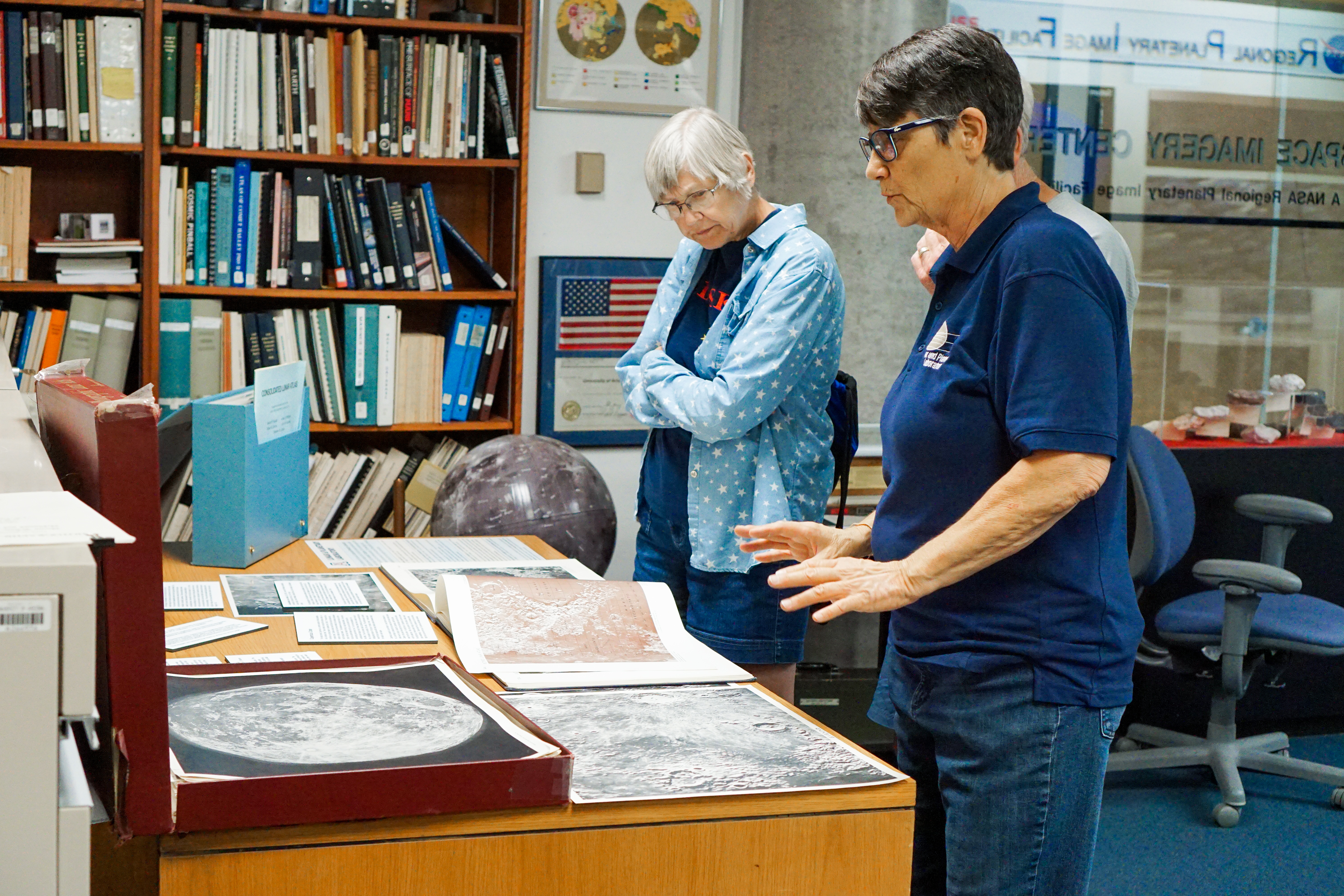
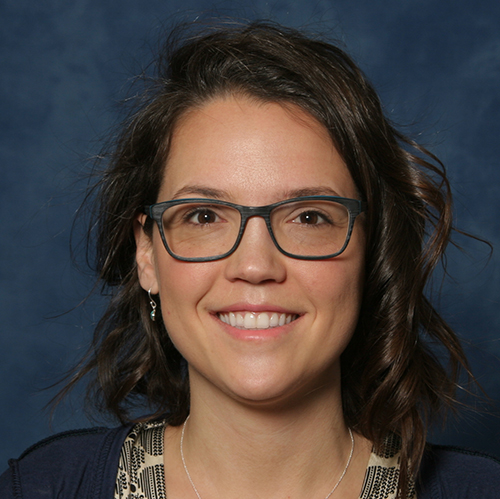 Fourth-year student Zarah Brown has won a UA/NASA Space Grant Graduate Fellowship from the Arizona Space Grant Consortium. Zarah's winning proposal, The Arizona Scale Model Solar System, has as its objective the installation of a 1:5 billion scale model of the solar system on the UArizona campus. The model would stretch from the Kuiper building, site of the Sun and inner planets, to the western edge of campus (Park Avenue), where Neptune will be located. The project, in addition to highlighting the university's legacy of space exploration, supports objectives in math and critical thinking as it inspires enthusiasim and appreciation for science and math.
Fourth-year student Zarah Brown has won a UA/NASA Space Grant Graduate Fellowship from the Arizona Space Grant Consortium. Zarah's winning proposal, The Arizona Scale Model Solar System, has as its objective the installation of a 1:5 billion scale model of the solar system on the UArizona campus. The model would stretch from the Kuiper building, site of the Sun and inner planets, to the western edge of campus (Park Avenue), where Neptune will be located. The project, in addition to highlighting the university's legacy of space exploration, supports objectives in math and critical thinking as it inspires enthusiasim and appreciation for science and math.
The scale model project facilitates an active learning environment, supporting visual and kinesthetic learners. A prominent objective is to engage undergraduate non-science majors who struggle with concepts such as astronomical scale, speed and distance, so the project will include course materials designed to support faculty who teach introductory astronomy and planetary science courses at the University of Arizona. Specifically, Zarah will develop a one-day lab exercise for use in conjunction with the model, partnering with one or more instructors to implement its use. The lab exercise and associated materials will be curated at LPL by Associate Professor of Practice Dr. Steve Kortenkamp, who will ensure the materials are kept current and available to instructors. Learning outcomes include:
- Remembering the planets in the solar system and their order
- Understanding key differences between terrestrial and gas planets
- Demonstrating ability to convert between units and an understanding astronomical units
- Being able to calculate the distances to other objects on this scale
- Knowing the speed of light and being able to explain why communication by light is the most realistic means of communication between star systems
Zarah envisions the model becoming a favorite destination for local K-12 schools, perhaps in partnership with Flandrau Science Center. Installation is planned for the first half of 2022.
The UA/NASA Space Grant Program, in collaboration with the UA Graduate College and the nominating department, funds six graduate fellowships per year to exceptional graduate students interested in promoting the understanding of space-related research to the public. Applicants are asked to propose a 1-2 year project focused on educational outreach, knowledge transfer, technology transfer, science for society, and/or the promotion of science, technology, engineering and mathematics (STEM) to those traditionally underrepresented in STEM. In keeping with National Space Grant College and Fellowship Program goals, Space Grant Fellows develop projects that promotes the understanding of space-related research to the public through original research and outreach efforts. Awards include a stipend, tuition and registration fee waivers, student health insurance, and a travel grant to attend professional conferences.
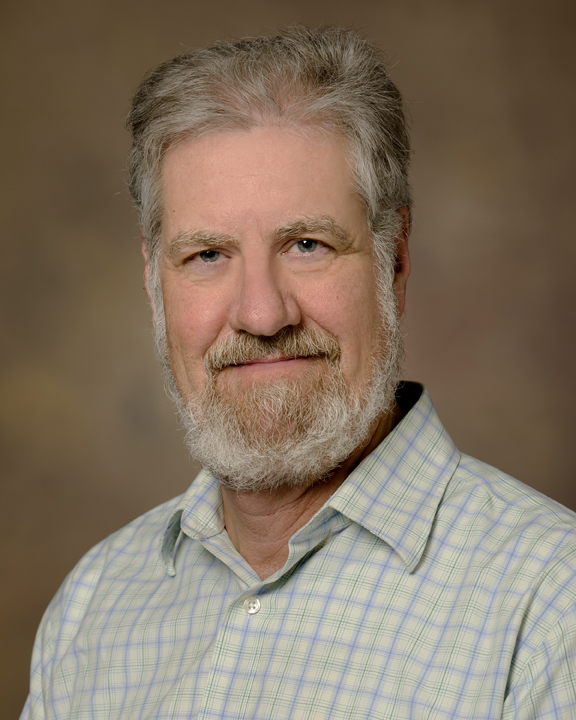 Regents' Professor Alfred McEwen has been elected a Fellow of the Geological Society of America. Fellows are named "in recognition of a sustained record of distinguished contributions to the geosciences and the Geological Society of America through such avenues as publications, applied research, teaching, administration of geological programs, contributing to the public awareness of geology, leadership of professional organizations." Professor McEwen is Principal Investigator (PI) for the High Resolution Imaging Science Experiment (HiRISE), the most powerful camera ever sent to another planet, one of six instruments onboard the Mars Reconnaissance Orbiter. He is also PI for the Io Volcano Observer, or IVO, mission, which is among the four finalists for the next $500 million NASA Discovery mission. If selected, IVO will orbit Jupiter and make 10 close flybys of its moon Io – the most volcanically active world in the solar system – to determine if the moon has a magma ocean hidden beneath its vibrant, pockmarked surface.
Regents' Professor Alfred McEwen has been elected a Fellow of the Geological Society of America. Fellows are named "in recognition of a sustained record of distinguished contributions to the geosciences and the Geological Society of America through such avenues as publications, applied research, teaching, administration of geological programs, contributing to the public awareness of geology, leadership of professional organizations." Professor McEwen is Principal Investigator (PI) for the High Resolution Imaging Science Experiment (HiRISE), the most powerful camera ever sent to another planet, one of six instruments onboard the Mars Reconnaissance Orbiter. He is also PI for the Io Volcano Observer, or IVO, mission, which is among the four finalists for the next $500 million NASA Discovery mission. If selected, IVO will orbit Jupiter and make 10 close flybys of its moon Io – the most volcanically active world in the solar system – to determine if the moon has a magma ocean hidden beneath its vibrant, pockmarked surface.
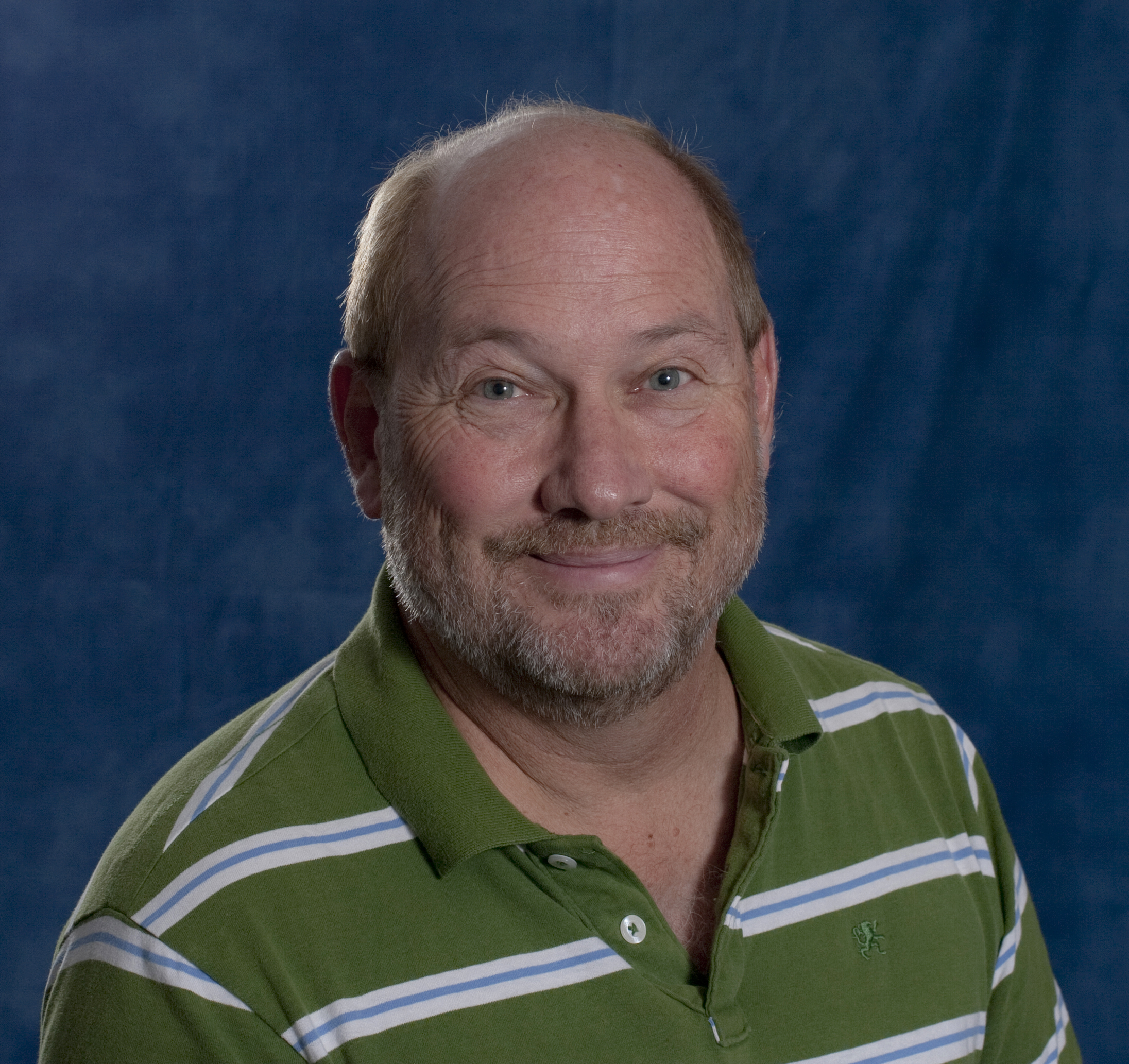 Charles "Chuck" See, a long-time member of the LPL family, passed away on January 8. Chuck was a native Tucsonan who earned a B.S. in Mechanical and Aerospace Engineering as well as an M.S. in Electrical Engineering from the University of Arizona. He spent ten years working as an aerospace engineer at firms like Sperry Space Systems (Phoenix), Allied Signal (Tucson), Westinghouse (Pittsburgh), Honeywell (Phoenix) & Westinghouse (Baltimore). In 1995, Chuck returned to the UA as a staff engineer working with Professor Martin Tomasko on the Cassini Descent Imager/Spectral Radiometer (DISR) and the Huygens probe.
Charles "Chuck" See, a long-time member of the LPL family, passed away on January 8. Chuck was a native Tucsonan who earned a B.S. in Mechanical and Aerospace Engineering as well as an M.S. in Electrical Engineering from the University of Arizona. He spent ten years working as an aerospace engineer at firms like Sperry Space Systems (Phoenix), Allied Signal (Tucson), Westinghouse (Pittsburgh), Honeywell (Phoenix) & Westinghouse (Baltimore). In 1995, Chuck returned to the UA as a staff engineer working with Professor Martin Tomasko on the Cassini Descent Imager/Spectral Radiometer (DISR) and the Huygens probe.
Chuck was a consummate aerospace engineer, possessing multiple skills that covered a variety of sub-disciplines: mechanical, thermal, electronic, systems, testing and flight operations. Never one to sit back and relax, he also developed his considerable analytical skills and became a talented scientific data analyst. Chuck was famously extroverted and a natural leader, usually tasked with being the U.S.-based DISR team’s instrument engineer during the Huygens probe’s Europe-based testing. Very popular with the other (largely European) instrument team members, he gracefully acted as the public face of an American DISR camera suite. He retired in 2006 but was retained part-time in order to curate and analyze the rich DISR data set.
Chuck had many outside interests: he enjoyed remodeling homes; he had an avid interest and involvement in developing renewable energy; he was an active member of the community, most notably in his involvement at the campus Newman Center; and in 2008, he participated in a local reality journalism experiment, putting together a candidate platform for the U.S. presidential election. He also spent much of his time in semi-retirement caring for his mother and stepfather.
A Celebration of Life was held at the St. Thomas More Catholic Newman Center on January 28.
We hope you will join us in remembering our friend and colleague Adam Showman with a gift of any size for the Adam P. Showman Distinguished Visiting Lectureship. With your generous support, we plan to establish an endowed fund that will allow LPL to bring guest lecturers to campus in Adam's memory in perpetuity. We can think of no better way to honor him than to bring exceptional planetary scientists with similarly broad interests to engage with and inspire our students, just as Adam did. Thirty donors have already pledged a total of more than $10,000.
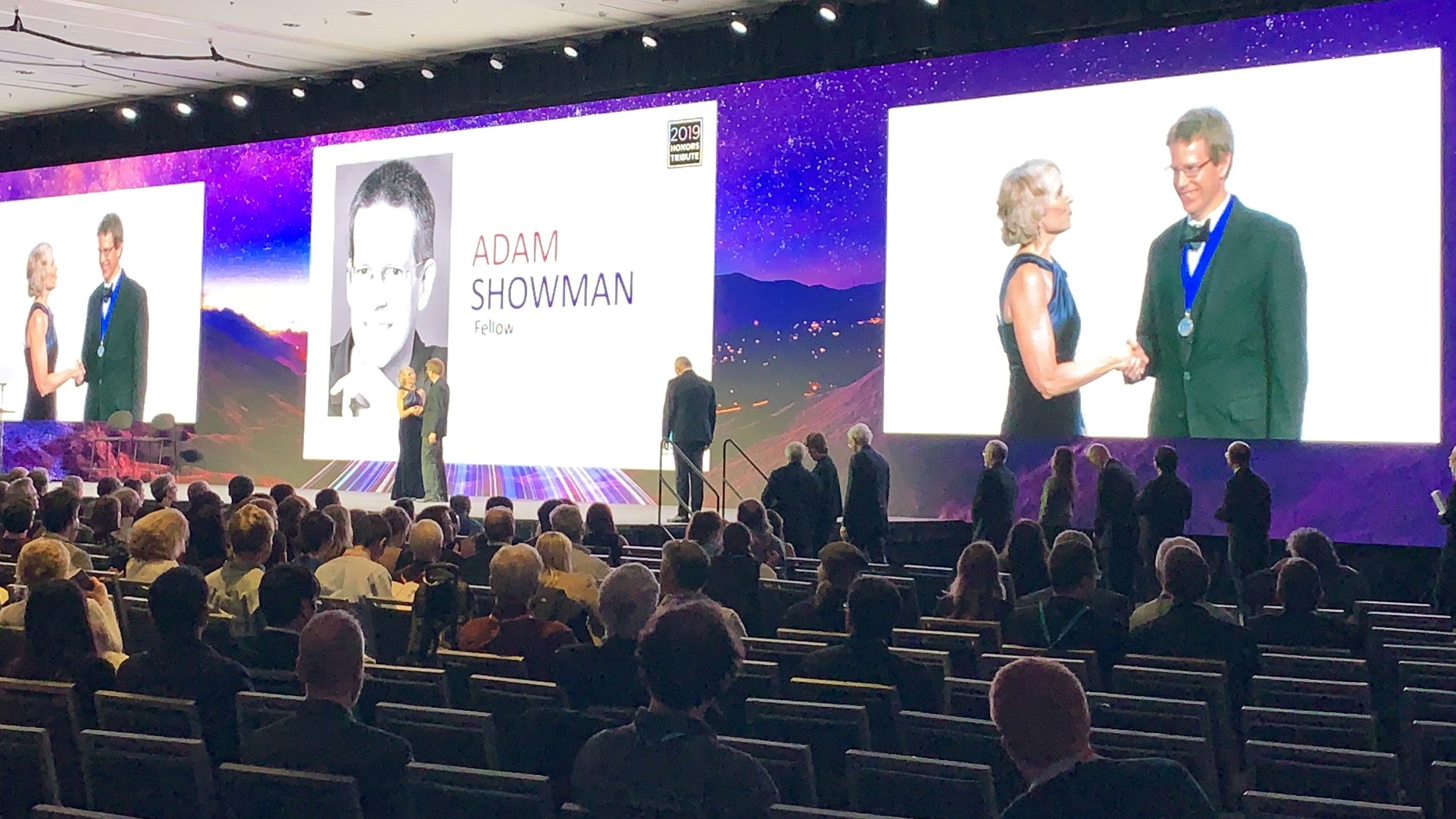
Pagination
- Previous page
- Page 34
- Next page

